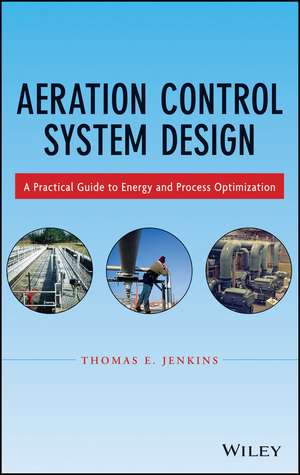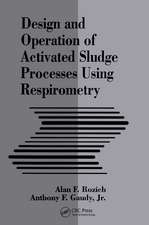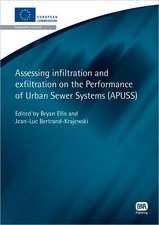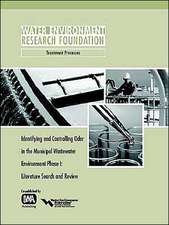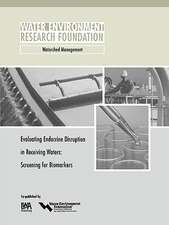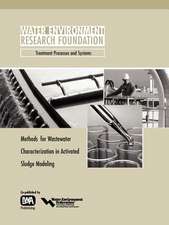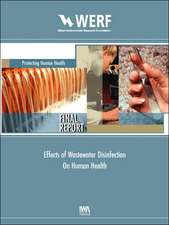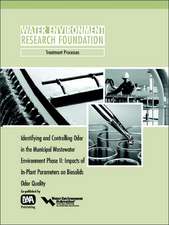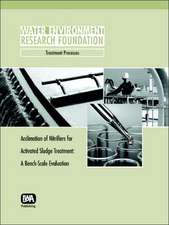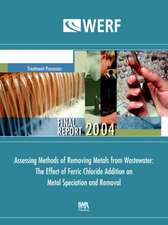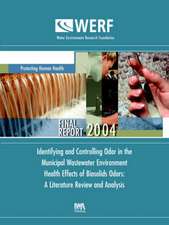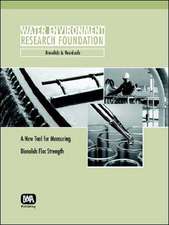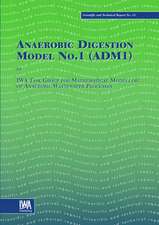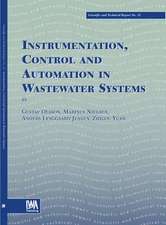Aeration Control System Design – A Practical Guide to Energy and Process Optimization
Autor TE Jenkinsen Limba Engleză Hardback – 7 aug 2014
Preț: 670.71 lei
Preț vechi: 737.04 lei
-9% Nou
Puncte Express: 1006
Preț estimativ în valută:
118.69€ • 139.17$ • 104.23£
118.69€ • 139.17$ • 104.23£
Carte tipărită la comandă
Livrare economică 09-23 februarie 26
Preluare comenzi: 021 569.72.76
Specificații
ISBN-13: 9781118389980
ISBN-10: 1118389980
Pagini: 514
Dimensiuni: 156 x 234 x 29 mm
Greutate: 0.84 kg
Editura: Wiley
Locul publicării:Hoboken, United States
ISBN-10: 1118389980
Pagini: 514
Dimensiuni: 156 x 234 x 29 mm
Greutate: 0.84 kg
Editura: Wiley
Locul publicării:Hoboken, United States
Public țintă
Primary Market: Civil/environmental engineers, mechanical engineers, electrical/instrumentation engineersSecondary Market: Wastewater treatment plant operators; manufacterers, contractors, and system integrators; electrical utility engineers; engineering technical sales professionals; graduate students in civil and environmental engineering
Cuprins
Notă biografică
THOMAS E. JENKINS, PE, is an owner and President of JenTech Inc., where he provides consultation services to the wastewater treatment industry, including control systems, aeration systems, energy conservation, blower systems, and process equipment design. He also cofounded Energy Strategies Corporation in 1984. Mr. Jenkins is a Professor of Practice in the Department of Civil and Environmental Engineering at the University of Wisconsin-Madison. He also teaches water and wastewater treatment classes in the University's Department of Engineering Professional Development.
Descriere
Taking an integrated, cross-disciplinary approach to this critical process, Aeration Control System Design comprehensively addresses the concept and system design of aeration activated wastewater treatment. Author Thomas E.
